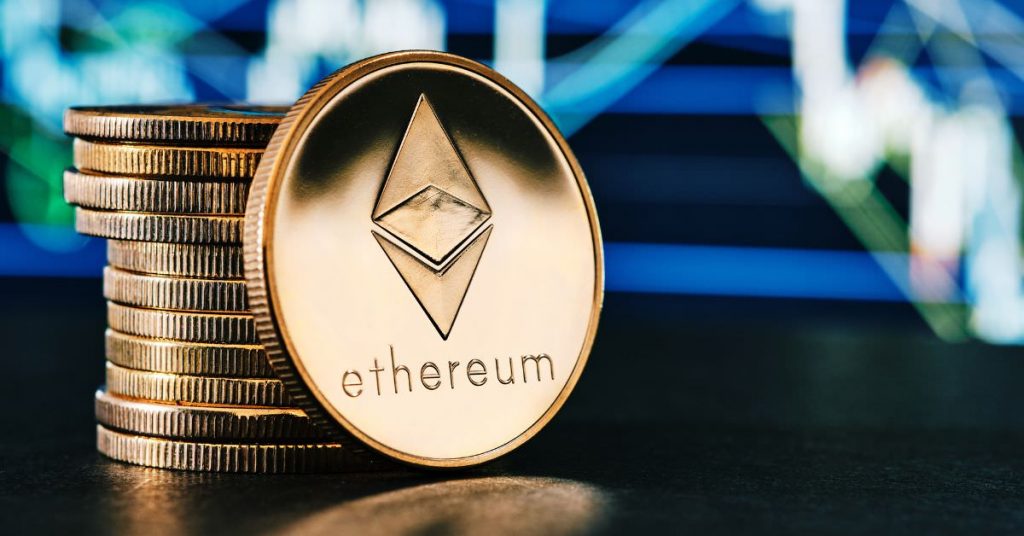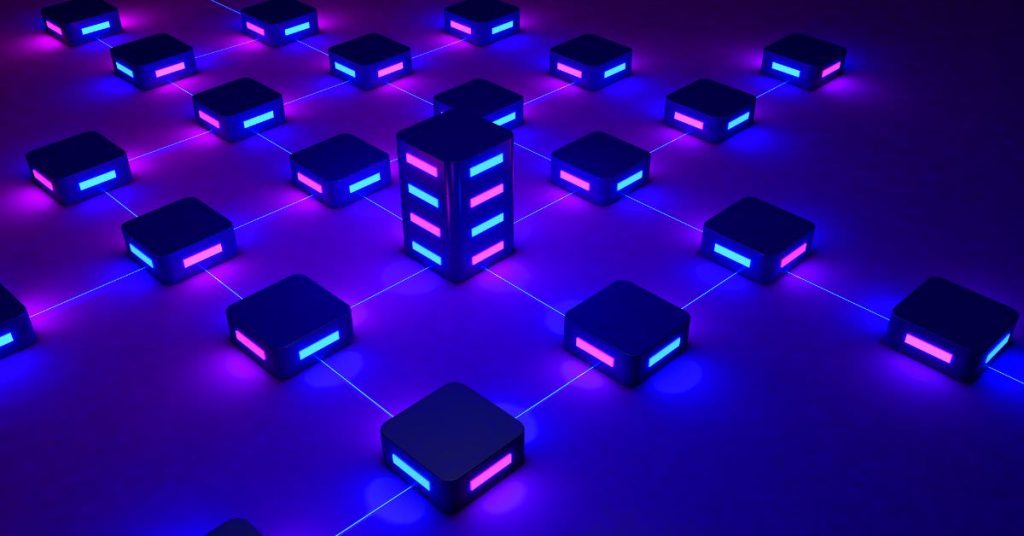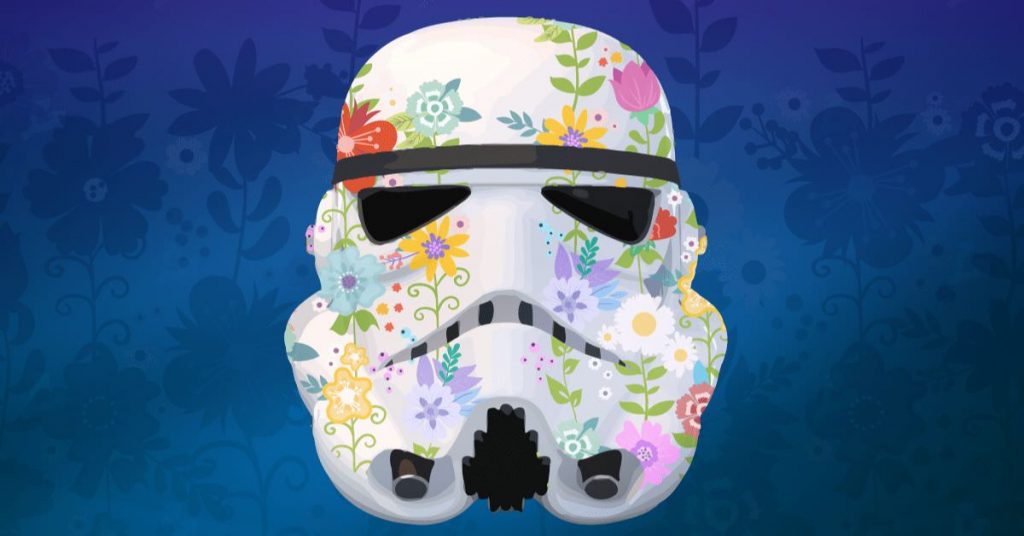
NFT art explained
If you haven’t heard of the digital craze, NFT as art, don’t worry, you are not living under a rock on the moon. If you have heard of it and can explain it in intricate detail without losing your audience, kudos, and maybe you are from the moon.
What we think we know about NFT art
What we can tell you is that NFT means non-fungible token. We think we can tell you that an NFT is a unique piece of digital art or another intangible product that nobody can duplicate. An example of a fungible digital asset is Bitcoin. You can trade a Bitcoin for another Bitcoin and have the same thing.

Non-fungible means that what you are trading is unique and can only have one owner. For example, baseball cards in the United States are popular and can be extremely valuable. If a person has a one-of-a-kind Nicky Mantle baseball card, it can be worth a lot of money and cannot get traded for another of the same card. The card can be purchased or exchanged for a one-of-a-kind Jackie Robinson baseball card though. Either way, they both one of a kind, like NFTs are.
Digital art
NFTs are commonly part of the Ethereum blockchain, although other blockchains exist. In essence, Ethereum is a cryptocurrency, and its blockchain keeps track of who’s holding and trading which NFTs. Non-fungible tokens take many forms, the most popular of which is NFT art.

NFTs are digital files or records on the blockchain holding the information of the digital art’s history, like who created it, who has bought and sold it and who the current owner is. This file is where the value lies, ownership.
Blockchain meaning

A blockchain is a public digital ledger that records transactions on the decentralised web. An important note is that just because an NFT is created and registered on the blockchain, it does not guarantee users will purchase it. An NFT marketplace platform currently valued at $13b facilitates the display and purchasing of NFT art. OpenSea, which has a vision of being the Amazon of NFTs, is now the most accessible place to browse, buy and sell these digital products.
Beware the scammers
Be cautious. There have been many reports of scams and security issues with this type of NFT art trading platform. The scams go so far as creators purchasing their art to inflate its value.
NFT is currently an unregulated and unmoderated chaotic marketplace. A lot gets thrown around, including the founder of Twitter selling one of his tweets for just under $3 million. Many doubt the potential NFT has to cement itself as a long-term profit-bearing industry. Consequently, it will be interesting to witness what will stick, what won’t and, if anything will.
Awkward
Hey, here’s something awkward. Anyone can copy an NFT file as often as possible with the artwork inside. As below:

This NFT is from the ‘Art Wars’ collection, which got sold for $7m without the original creators knowing. Ouch!
The catch is although we copied and pasted the NFT art here, we cannot become the owners of the NFT art. Like screen grabbing a portrait of the Mona Lisa, printing an original size and framing it, it’s not the Mona Lisa. The original has an owner. Furthermore, owning an NFT does not equate to owning commercial rights to that NFT.
Bored Ape NFT art

The most popular NFT art on the market are the bored apes. There are 10 000 unique NFT art pieces of these primal creatures floating around created by BAYC. Owners of these digital artworks include celebrities like Jimmy Fallon, Eminem and Paris Hilton. It sounds like a rich man’s game with no discernible benefit of adding value to economic development or prosperity to consumers lower down the LSM rankings.
Whatever the future for NFT art, they are in infancy, and the rhetoric is the fad won’t last long. Critics had similar sentiments about Crypto, which still fights to make its mark in the history of digital innovation so, who knows?


